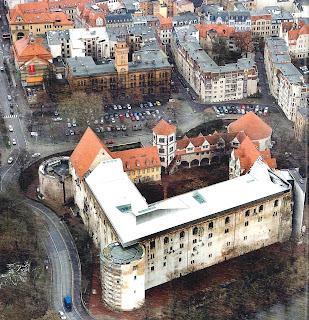Modern architecture conveys the
image of the architect as the lone designer who has complete control over the
final outcome. However, this image is inconsistent when working on a building
designed by someone else - just as there would be little sympathy for an artist
who alters another's art. This could explain why modernism, with its tabula
rasa mentality, viewed historic buildings as isolated monuments and/or simply
replaced them. Conversely, some of the most significant projects completed
recently have been refurbishments and additions to older buildings which
exhibit a dialogue with the past. To do this successfully, the changes that
have occurred over time must be confronted. In their work with existing
buildings, Nieto and Sobejano have suggested that buildings may possess the
genesis of their own alteration so that we just need to uncover their intrinsic
codes and translate these into how to extend, disguise, enwrap, subdivide.
"Refurbishing or adapting an
existing building is perhaps nothing more than decoding the original designer's
hidden intentions, being able to read a building like a palimpsest, as the sum
of various coexisting texts upon which the traces of an earlier inscription -
at times barely decipherable - are perceptible."[1]
[1]
Fuensanta Nieto and Enrique Sobejano. "Reading the Existing Fabric." Detail (English Ed.), no. 1 (Jan-Feb
2010): 6.







No comments:
Post a Comment